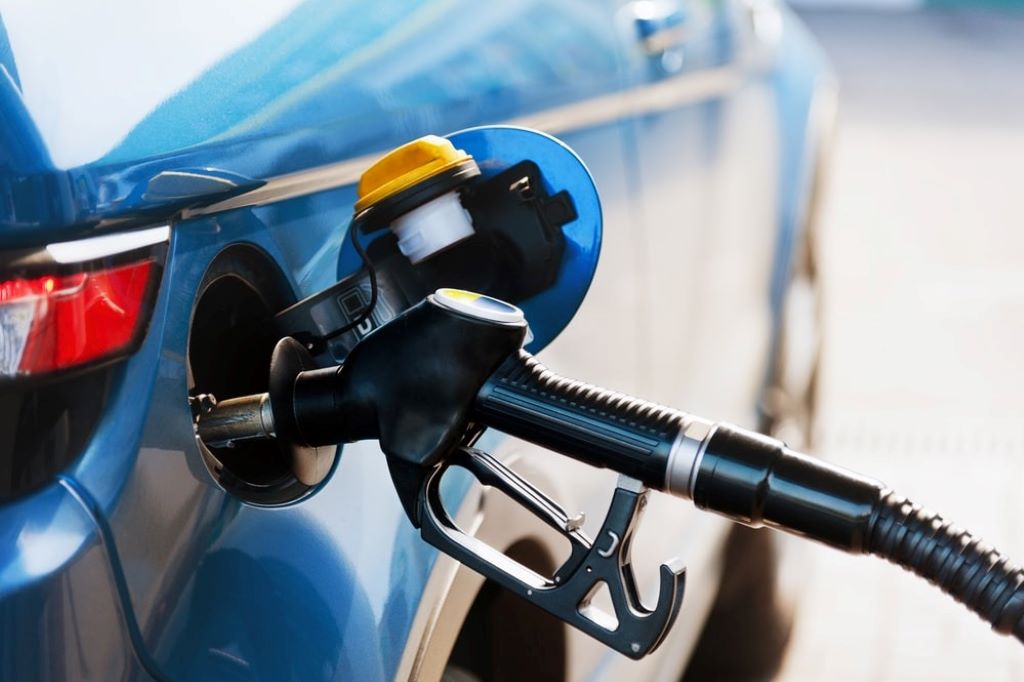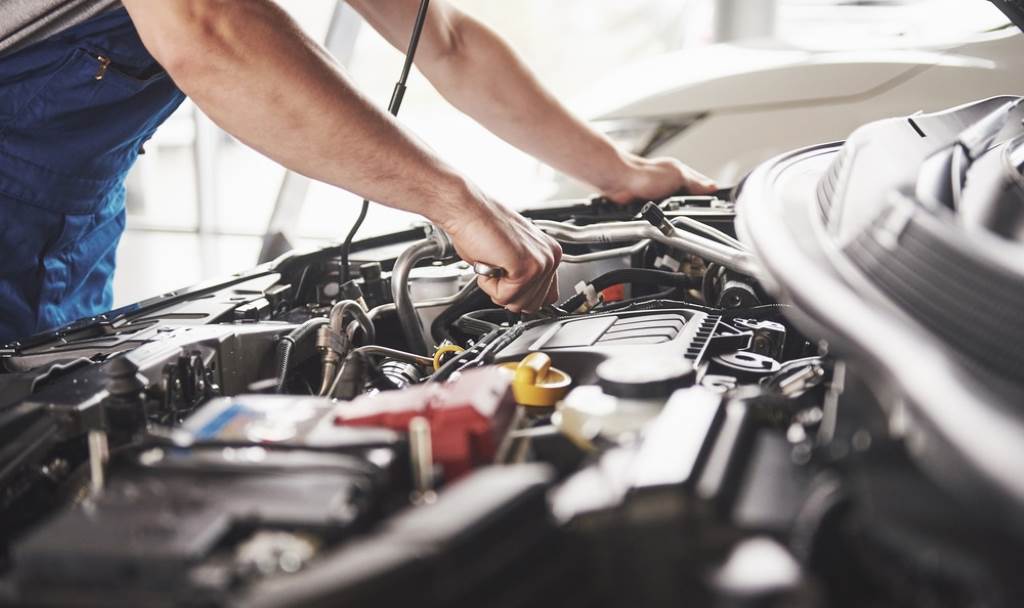Introduction
Filling up your car’s gas tank is a routine task for most drivers, but questions about the process can spark curiosity and even debate. One common question is, Can put gas in a running car? While it might seem convenient to keep the engine idling while refueling, there are safety, environmental, and mechanical considerations to keep in mind. In this article, we’ll explore the risks, debunk myths, and provide practical advice on whether it’s safe to fuel a running car. By the end, you’ll have a clear understanding of best practices for refueling and why turning off your engine is usually the smarter choice.
This comprehensive guide is designed to answer your questions, address safety concerns, and provide actionable tips for drivers. Let’s dive into the details of refueling a running car, the potential risks, and how to stay safe at the pump.
Is It Safe to Put Gas in a Running Car?
The short answer is: it’s not recommended. While it’s unlikely to cause a catastrophic explosion, refueling a running car poses safety risks that outweigh the convenience. Most gas stations explicitly instruct drivers to turn off their engines before fueling, and for good reason. Let’s break down why this is the case.
Safety Risks of Refueling a Running Car
- Fire Hazard from Gasoline Vapors
Gasoline is highly flammable, and its vapors can ignite under the right conditions. A running engine produces heat and, in rare cases, sparks from the electrical system or exhaust. While modern vehicles have safety features to minimize ignition risks, keeping the engine on increases the chance—however small—of a fire starting due to stray sparks or static electricity. - Static Electricity Concerns
Static electricity is a known risk at gas stations. Although studies from the 1990s debunked the myth that cell phones ignite gasoline vapors, static discharge from a person or vehicle can still pose a risk. A running engine may contribute to static buildup, especially in dry weather, increasing the likelihood of a spark. - Environmental Impact
Idling your car while refueling releases unnecessary emissions into the air. Gasoline vapors contribute to air pollution, and idling engines emit carbon dioxide and other pollutants. Turning off your engine is an eco-friendly choice that reduces your carbon footprint. - Mechanical Wear
Keeping your engine running for extended periods while stationary can cause unnecessary wear on components like the alternator, battery, and spark plugs. Although the impact is minimal during a short refueling stop, it’s an avoidable strain on your vehicle.
Why Gas Stations Require Engines to Be Turned Off
Gas station signs often instruct drivers to “Turn Off Engine” while refueling. This is not just a suggestion—it’s a safety protocol rooted in decades of research and industry standards. The National Fire Protection Association (NFPA) and other safety organizations recommend shutting off the engine to minimize fire risks and ensure compliance with local regulations. Ignoring these rules could result in fines or being asked to leave the station.
Common Myths About Refueling a Running Car
There are several myths surrounding the practice of refueling a running car. Let’s debunk the most common ones to set the record straight.
Myth 1: Refueling a Running Car Will Cause an Explosion
Hollywood movies often depict dramatic explosions at gas stations, but in reality, the risk of a massive explosion from refueling a running car is extremely low. Modern vehicles are equipped with vapor recovery systems that capture gasoline vapors, and gas pumps are designed with safety features to prevent ignition. However, the small risk of a fire or spark still makes it unwise to keep the engine running.
Myth 2: It’s Faster to Refuel with the Engine On
Some drivers believe that keeping the engine running saves time, but the difference is negligible. Turning off your engine and restarting it takes only a few seconds. The convenience of leaving the engine on doesn’t justify the potential risks.
Myth 3: Cold Weather Makes It Okay to Keep the Engine Running
In cold climates, drivers may want to keep the engine running to maintain heat in the car. While this might seem practical, it doesn’t eliminate the safety risks. If you’re concerned about staying warm, consider dressing appropriately or briefly restarting the engine after refueling to warm up the cabin.
When Might It Seem Necessary to Keep the Engine Running?
There are rare situations where drivers might feel compelled to leave the engine on while refueling. For example:
- Extreme Weather: In very cold or hot weather, drivers may want to keep the heater or air conditioning running for comfort, especially if passengers (like children or pets) are in the car.
- Emergency Situations: If you’re in a hurry or need to keep medical equipment running, you might consider leaving the engine on.
- Mechanical Issues: Some older vehicles may have difficulty restarting, prompting drivers to avoid turning off the engine.
While these scenarios might seem like valid reasons, it’s still safer to turn off the engine. If you must keep the car running for passengers or equipment, take extra precautions, such as ensuring proper ventilation and avoiding static buildup by touching a metal surface before handling the pump.
Best Practices for Safe Refueling

To ensure safety and efficiency at the gas pump, follow these best practices:
- Turn Off the Engine
Always shut off your engine before refueling. This eliminates the risk of sparks or heat igniting gasoline vapors. - Avoid Static Electricity
Before handling the gas pump, touch a metal part of your car (like the door frame) to discharge static electricity. This reduces the risk of a spark. - Don’t Smoke or Use Open Flames
Smoking or using lighters near a gas pump is extremely dangerous and prohibited at most stations. - Stay at the Pump
Never leave the pump unattended while refueling. Stay vigilant to prevent spills or malfunctions. - Use Approved Containers
If you’re filling a portable gas can, use one that is approved for gasoline storage and place it on the ground (not in your vehicle) to avoid static buildup. - Follow Gas Station Rules
Adhere to all posted signs and instructions, including turning off your engine and avoiding cell phone use near the pump (even though cell phones are unlikely to ignite vapors).
Environmental and Legal Considerations
Beyond safety, refueling a running car has environmental and legal implications. Idling contributes to air pollution, which is why many regions have anti-idling laws. For example, some states in the U.S. and provinces in Canada impose fines for excessive idling, especially near schools or public buildings. By turning off your engine, you’re not only protecting the environment but also staying compliant with local regulations.
Additionally, some gas stations may refuse service to drivers who fail to follow safety protocols. In extreme cases, ignoring these rules could lead to liability issues if an incident occurs.
What About Electric and Hybrid Vehicles?
For electric vehicle (EV) owners, the question of refueling a running car doesn’t apply in the traditional sense. However, hybrid vehicles that use both gasoline and electricity still require refueling. The same safety rules apply: turn off the engine before filling the gas tank. For plug-in hybrids, ensure the vehicle is not charging while refueling to avoid electrical hazards.
Conclusion
So, can you put gas in a running car? Technically, yes, but it’s not worth the risk. The potential for fire hazards, static electricity, and environmental harm makes it a practice best avoided. By turning off your engine, you’re prioritizing safety, protecting your vehicle, and reducing your environmental impact. Next time you pull up to the pump, take a moment to switch off the ignition—it’s a small action that makes a big difference.
For drivers seeking convenience without compromising safety, follow the best practices outlined above. Whether you’re dealing with extreme weather or a tight schedule, there are safer alternatives to refueling a running car. Stay informed, stay safe, and keep your refueling routine hassle-free.
How to Install a Car Stereo System Yourself: A Comprehensive DIY Guide
FAQs
Q: Will refueling a running car damage my vehicle?
A: It’s unlikely to cause immediate damage, but it can contribute to unnecessary wear on engine components over time.
Q: Is it illegal to refuel a running car?
A: It depends on local regulations. Some areas have laws against idling, which could apply to refueling with the engine on.
Q: Can I leave my car running if I’m in a hurry?
A: Even in a rush, it’s safer to turn off the engine. The time saved by leaving it running is minimal compared to the risks.
Q: Do modern cars eliminate the risks of refueling with the engine on?
A: Modern vehicles have safety features that reduce risks, but they don’t eliminate them entirely. It’s still best to turn off the engine.
By following these guidelines, you can ensure a safe and efficient refueling experience every time you visit the gas station.
Read More:
Boosting Your Vehicle’s Resale Value with Professional Auto Detailing Services



